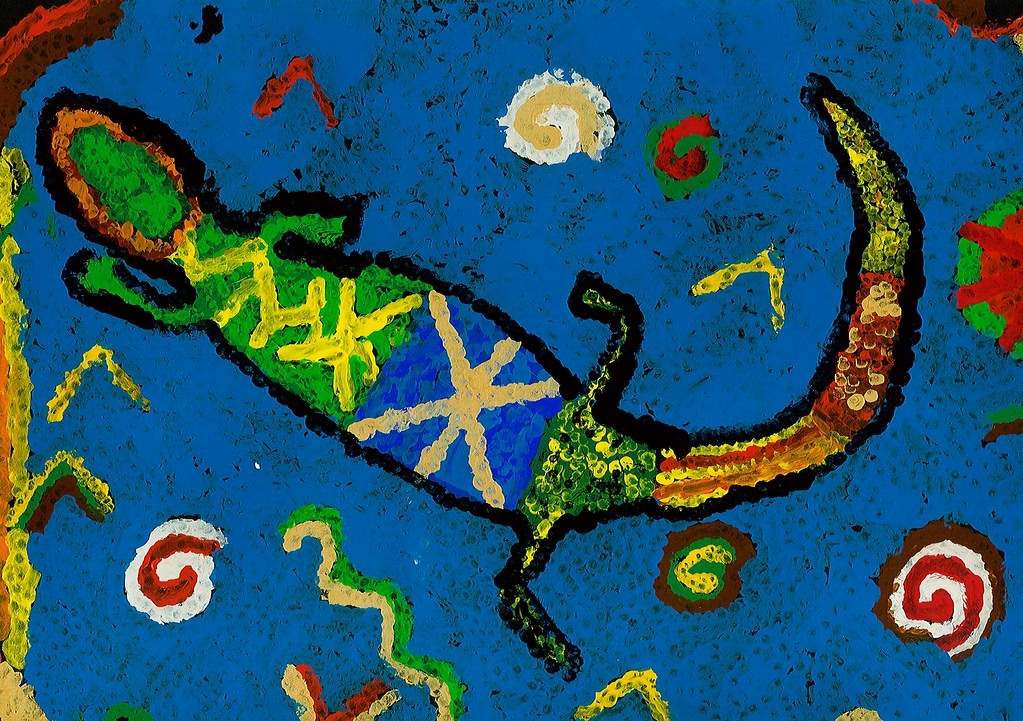Exploring Australia Through Montessori Learning
Have you ever wondered how we can learn about a unique and fascinating country like Australia through the Montessori method? Embarking on an educational journey that explores the Land Down Under through a Montessori lens can be intriguing and insightful. This approach not only fosters curiosity but also provides an enriching experience for learners of all ages.
Introduction to Montessori Learning
Montessori education is a child-centered approach that encourages exploration and discovery. It emphasizes hands-on learning and creative expression. Originating from the work of Dr. Maria Montessori, this method aims to nurture each child’s potential by providing them with freedom and opportunities to develop their skills at their own pace.
The Montessori Method
In Montessori classrooms, learning is achieved through specially designed materials that cater to the developmental stages of children. The educator acts as a guide rather than a traditional teacher, facilitating an environment where learners can thrive organically. The aim is to instill a lifelong love of learning by allowing children to explore topics of interest deeply and thoroughly.
Learning About Australia
Australia, a country and continent, is renowned for its stunning landscapes, diverse wildlife, and rich cultural heritage. Through Montessori education, learning about Australia becomes a multidimensional experience, offering children an opportunity to discover its geography, fauna, flora, and vibrant cultures in engaging ways.
Australia’s Geography

Australia’s vast and varied landscapes provide a fantastic foundation for geographical exploration. From its iconic Outback and magnificent coastal areas to the unique habitats of the Great Barrier Reef, Australia is a geographically rich context for learning. Montessori materials, such as geography folders and landmark cards, offer visual and tactile aids to help children identify and understand these landscapes.
The Biomes of Australia
Exploring Australia through biomes helps learners appreciate the environmental diversity of the continent. Whether it’s the arid deserts, tropical rainforests, or temperate regions, each biome presents unique characteristics and ecological insights. Using biome cards, inspired by beautifully crafted resources like those from Waseca, adds depth to this exploration, showing children the different types of ecosystems.
The Animals of Australia

Australia’s wildlife is one of its most famous features, filled with a myriad of species found nowhere else in the world.
Iconic Australian Animals
Animals such as kangaroos, koalas, and wombats are integral parts of Australia’s identity. Montessori animal ID cards provide an interactive way for children to learn about and match these animals with their models. These cards enhance recognition and understanding of the unique features and habitats of these creatures.
Beyond the Basics: In-Depth Animal Studies
For an enriched learning experience, delving deeper into species like the koala or the kangaroo can be profoundly educational. Nomenclature cards, which break down the parts of these animals, support detailed studies and creative activities, such as crafting or booklet-making, to solidify retention and foster creativity.
Art and Cultural Exploration
Australia’s art and culture offer fascinating insights into its history and social fabric.
Aboriginal Art

Aboriginal art, known for its distinctive dot paintings and symbolic use, provides an excellent medium for artistic expression and cultural education. In a Montessori setting, activities may include sorting various dot paintings under category headers or creating similar artworks using paint and Q-tips. These projects not only foster creativity but also deepen cultural appreciation and understanding.
Other Cultural Elements
Beyond art, elements such as music, dance, and traditional stories enrich understanding of Australia’s diverse heritage. Engaging with these cultural components within Montessori education promotes inclusivity and broadens learners’ perspectives on global cultures.
Integrating Montessori Materials
Montessori materials play a pivotal role in facilitating learning about Australia. They span a wide range of subjects, including geography, biology, culture, and more, ensuring comprehensive education.
Geography and Cultural Materials
Materials like maps, landmark cards, and culture-themed printables are integral for learners to visualize and interact with Australian geography and cultural elements. These resources encourage both independent work and collaborative discussions, fostering a comprehensive understanding of Australia’s multifaceted identities.
Science and Nature Resources
Natural science materials delve into Australia’s unique flora and fauna. These resources not only educate children about biological and ecological aspects but also inspire them to value environmental conservation and sustainability.
The Role of the Montessori Educator
In shaping a rich learning environment, the Montessori educator plays a critical role by serving as a guide and observer. By understanding each child’s interests and developmental stage, educators can curate materials and experiences that align with their learning journeys.
Creating an Adaptive Learning Environment
Creating an adaptive and immersive environment is essential. An educator’s role includes adjusting activities and materials to meet the evolving needs and curiosities of the students, thus encouraging an organic and self-motivated learning experience.
Conclusion
Learning about Australia through the Montessori method provides a holistic and immersive educational journey. By integrating cultural, geographical, and scientific aspects, learners develop a nuanced and enriched understanding of this incredible continent. Engaging with Australia in this manner not only enhances educational outcomes but also cultivates global awareness and appreciation among learners, encouraging them to explore and respect the diversity of the world around them.







